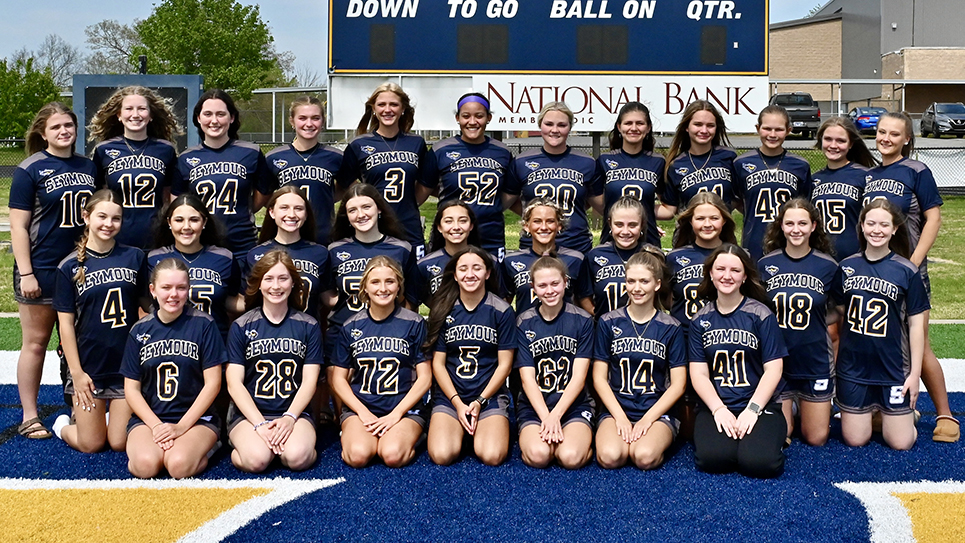By Steve Williams
Dual-threat quarterbacks stole the spotlight in football this season.
Texas A&M’s Johnny Manziel, or “Johnny Football” as he is better known, became the first freshman ever to win the Heisman Trophy.
In the NFL, rookies Robert Griffin III of the Washington Redskins and Russell Wilson of the Seattle Seahawks dazed defenses and dazzled fans with their combo talents of passing and running for touchdowns. Plus, second-year backup Colin Kaepernick of San Francisco got a chance when his team’s regular starter was injured, and he did so well that he kept the job, leading the 49ers into this past Sunday’s battle for a Super Bowl berth against the Atlanta Falcons.
Many of you, like myself, are into playing Fantasy Football. Let me tell you how smart and dumb I was in my league. To make a long story short, I picked up Kaepernick and Wilson off the wavier wire after my quarterback, Ben Roethlisberger, was injured in the second half of the season. But I put Big Ben back into my lineup when he returned to action. With Kaepernick and Wilson watching from my bench, Roethlisberger and the Steelers struggled, and I got blown out in the semifinals. Needless to say, I regretted that coaching decision.
Of course, you didn’t have to be into Fantasy Football to marvel at the play of these exceptionally talented dual-threat quarterbacks. They performed so well, I expect to see more and more coaches on the college and pro levels seeking this type of field general. They bring a lot of excitement to the game.
There are risks involved. Normally physically smaller than the typical pro-style quarterbacks, a dual-threat QB has to play smart to stay healthy. Of the aforementioned DTQs, only Griffin was banged up this season and had to have knee surgery.
What impressed me most about Manziel was his speed. I was surprised his size was listed at 6-feet-1-inch, 200 pounds He didn’t look that big to me. Maybe that was because he’s so fast.
Manziel, who was red-shirted by the Aggies after being a highly decorated high school player in Texas, completed 68 percent of his passes (295 of 434) for 3,706 yards. He had 26 TD passes and nine interceptions. As a runner, he gained 1,410 yards on 201 carries and reached paydirt 21 times.
Johnny Football spoiled a perfect season for Alabama, beating the Crimson Tide 29-24 in Tuscaloosa. He and the Aggies earned a trip to the Cotton Bowl, where they poured it on in the second half and beat Oklahoma 41-13.
The term – dual-threat quarterback – is relatively new to football, but this type of player is not. I remember watching Fran Tarkenton of the Minnesota Vikings scramble a lot back in the ‘60s and ‘70s. A 6-foot, 190-pounder out of Georgia, he played 18 seasons in the NFL.
Steve Young followed a legend at San Francisco. He didn’t make 49ers fans forget Joe Montana, but the southpaw won a lot of games with his arm and legs. He was MVP in Super Bowl XXIX, becoming the first player ever to lead in both passing and rushing yardage in a Super Bowl.
Randall Cunningham of the Eagles was another good one as was the Broncos’ John Elway and the Titans’ Steve McNair.
Michael Vick was probably what you would call the first modern day dual-threat QB. A college star at Virginia Tech, he started his pro career with the Atlanta Falcons in 2002. Versatile Cam Newton, after guiding Auburn to a BCS championship, arrived on the NFL scene with a bang at Carolina in 2011.
The University of Tennessee has had its share of dual-threat signal callers over the years. In fact, for providing pure excitement, Condredge Holloway may have been the best who has ever played for the Vols. In 1972-74, he was nicknamed the “Artful Dodger” for a reason. He had a knack for escaping out of a crowd of would-be tacklers.
Holloway was 5-10, 185 pounds and Coach Bill Battle called him “Peanut.” He was the first African-American to start at quarterback for a SEC team. Condredge wasn’t just a Houdini. He was also an efficient passer and set a school record for the best interceptions-per-attempts ratio, with only 12 of his 407 aerials being picked off.
Jimmy Streater came along at Tennessee in the late 1970s and was out of the Holloway mold, although Jimmy was more slender at 6-1, 167 pounds. From Sylva, N.C., Streater was known as the “Sylva Streak” and Johnny Majors called him the best athlete he ever coached. In a 40-18 victory over Notre Dame as a senior in 1979, Jimmy displayed his versatility with a 48-yard pass, a 51-yard run and a 5-yard scoring run on an option play.
“People used to say that he was so fast and smooth that the grass didn’t move when he ran,” his brother Eric said.
Other UT quarterbacks who stood out as runners as well as passers over the years have included Heath Shuler and Tee Martin. Shuler, a Heisman runner-up, was more hard-nosed than swift. Martin, who guided the Vols to the 1998 BCS national title, completed his first 23 passes against South Carolina that season. He could tuck it and make big runs when needed.
It’s possible Tennessee would have one of the nation’s top dual-threat QBs right now on its roster in Tajh Boyd, had former head coach Phillip Fulmer not been forced out in 2008. Fulmer had a commitment from Boyd, but new coach Lane Kiffin let it be known he was recruiting a pro-style quarterback, and Boyd reopened his recruitment and ended up signing with Clemson, where he will be a senior and Heisman candidate next fall.
One final thought: Dairy Queen should consider using Griffin, Wilson and Kaepernick as celebrity spokesmen for its cool treats. DTQs doing commercials for DQ. Get it?
It would be one commercial Peyton Manning couldn’t be in.






